Have you ever had bush beans seemingly turn into pole beans?
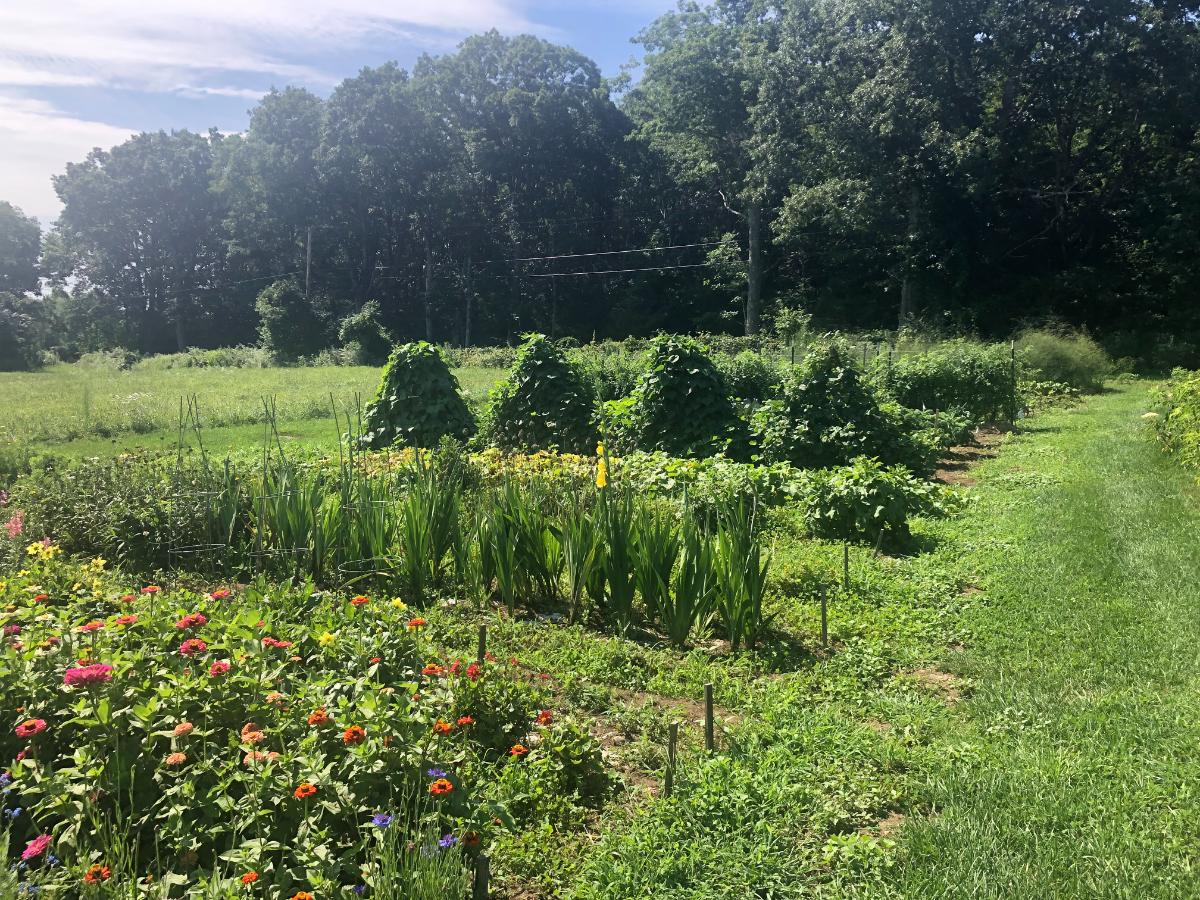
Perhaps you thought you got the wrong seed, or your package was mislabeled. More than likely, that was not the case!
Sometimes, bush beans do start sending out vines and looking a whole lot more like pole beans than bush beans.
Why does this happen? And What’s going on?
Jump to:
Why Bush Beans Sometimes Vine like Pole Beans
Old Relatives
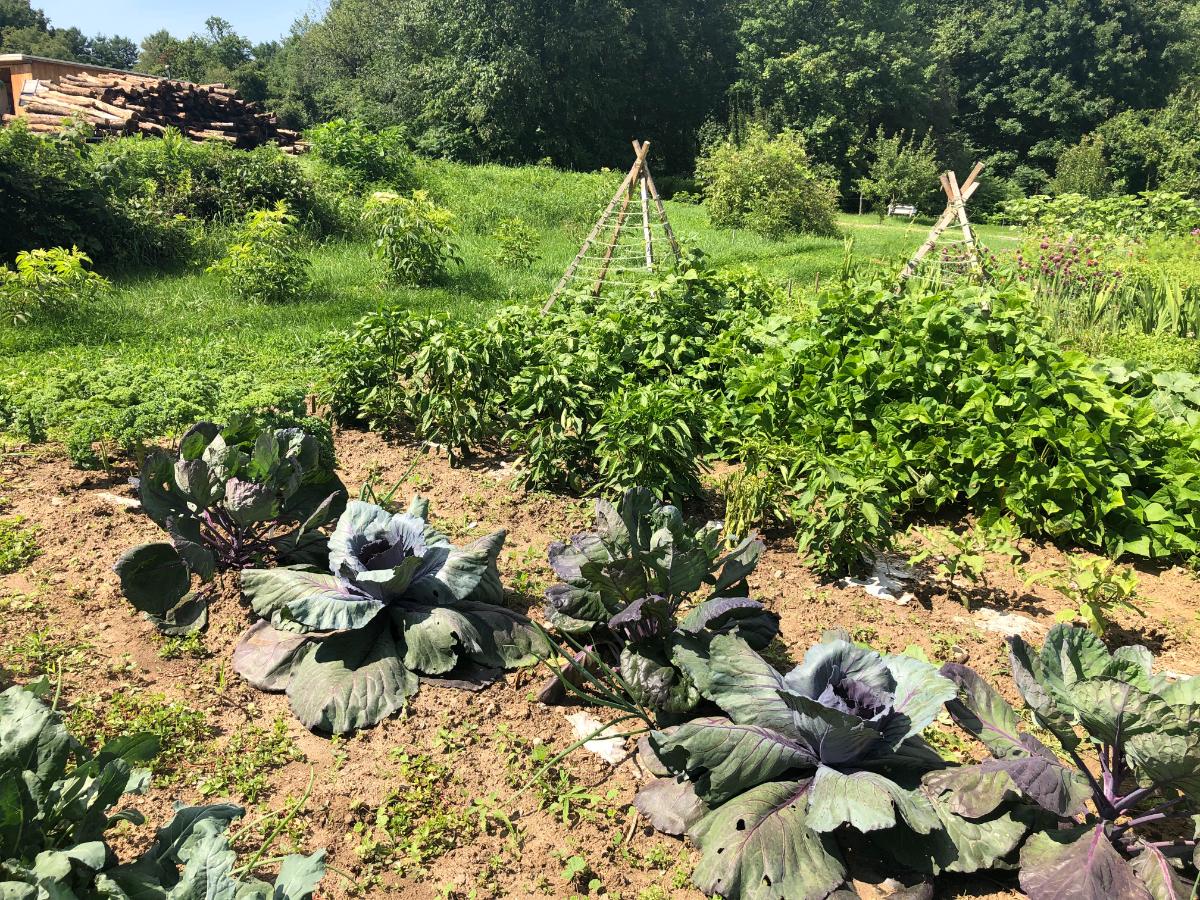
The bush beans we have today were all bred from pole beans. Naturally, beans are vining plants.
If you have bush beans that are sending out vines or tendrils, they’re reverting back to their ancestral genetics.
There’s are reasons why this happens (and it doesn’t usually have anything to do with a flaw or a mis-labeled or mis-packaged bean seed). When bush beans send out vines, it’s in response to growing and environmental conditions.
Conditions that Make Bush Beans Vine like Pole Beans

Different weather and growing conditions can sometimes cause bush beans to send out or grow as vines. This can happen when
- Bush beans don’t get enough sunlight
- Bush bean plants are shaded
- Bush beans only get a few hours of direct sunlight
- The beans’ soil has a high nitrogen content (excessive nitrogen can cause bush beans to send vines)
- Beans get too much water
What Can You Do About Vining Bush Beans?
Prevention is your best “cure” for bush beans that vine. First, you’ll need to assess your growing area and conditions.
If vining bush beans have been a persistent problem, it’s time for a soil test to make sure you’re not overfertilizing nitrogen and time to look at where you’re planting them.
Some of the things that cause bush beans to vine out may be beyond your control. For example, overwatering is a prime reason why bush beans turn into pole beans. If you’re the one that’s giving them too much water, that’s something you can do something about. But if the abundance of moisture comes from unseasonal rains, you’ll just have to go with it.

Here are some of the things you can do to prevent, correct, and deal with bush beans that start to vine:
- Make sure you plant your beans where they will get full sun
- Full sun is defined as at least 6 to 8 hours of direct sunlight (not shaded or dappled) per day; six is a bare minimum, and many plants do best with 8 to 10 hours or more
- Keep in mind that trees and buildings aren’t the only things that can block direct sunlight; if you plant your bush beans where the shadow of tall plants like tomatoes, corn, or trellised plants falls, that can cut off their “full” sun and essentially putting them in partial sun
- Fertilize modestly and don’t add extra nitrogen. Use compost or a balanced all-purpose fertilizer
- Soil test and adjust for nitrogen levels if necessary
- If excess nitrogen seems to be a problem, you may not need to fertilize the bush bean patch next year – at least test first to find out; let this year’s plants suck up the excess nitrogen and start again
- Plant in well-draining soil so there isn’t too much water being left for your beans (which is bound to create other problems much worse than a few stray vines!)
- Don't overwater your bean plants! Bush beans only need about one inch of water per week total – and that includes from you and from nature
- If you’re getting enough moisture from rain, don’t water your bush beans at all
- Cut off running vines to encourage the plant to bush out instead
- Or – just go with it! The vining should not be as extensive as what pole beans would grow. Throw in some tomato stakes or a light trellis.
There’s nothing wrong with bush beans that vine, though you may see your yield suffering. Mostly, the problem is that you planned for bush beans and for not having to support or trellis your bean plants, and now you find that you need to anyway.

If your bush beans are so determined to vine even after you cut off their runners, it might be time to let them go and try again next year. Assess what you think to be the cause, and take note to change the planting location and/or conditions next year if you're not able to address it in this growing season.
Many of our modern garden plants are hybrids or selections from plant crossings made decades ago. Having something reverted just shows the tenacity of nature. Chalk it up to a fun learning experience and change what you need to prevent the problem in the future!

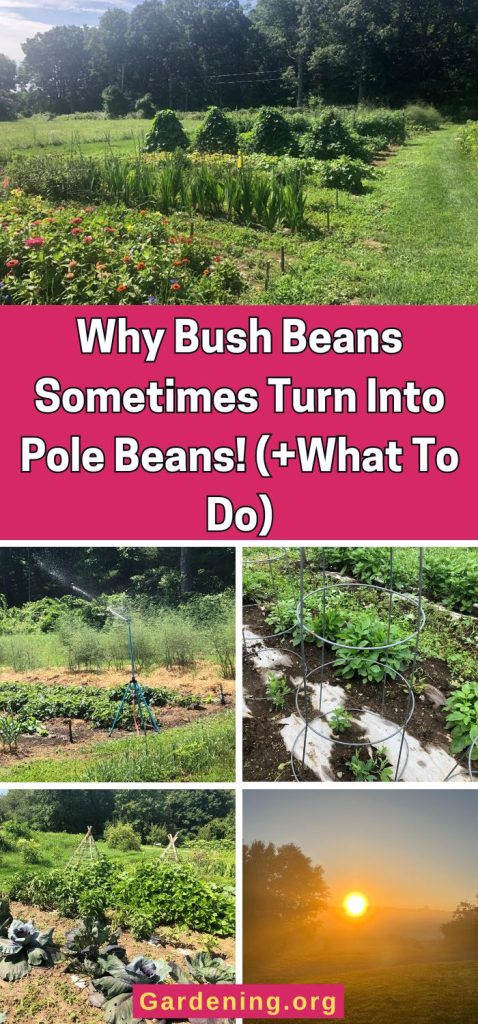
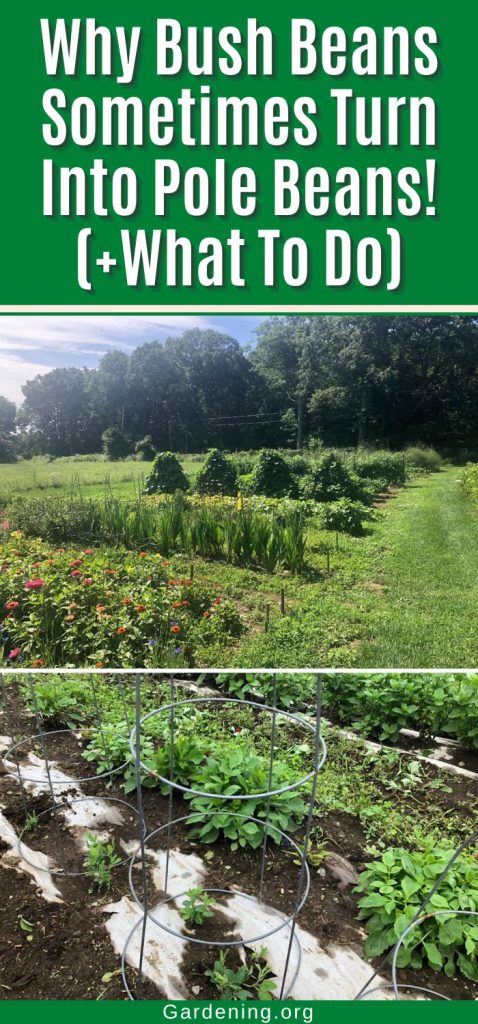
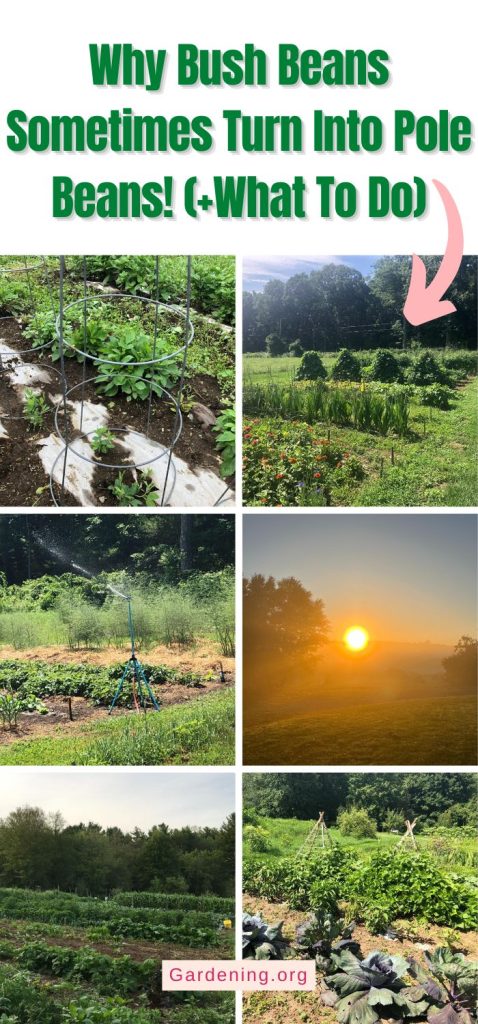
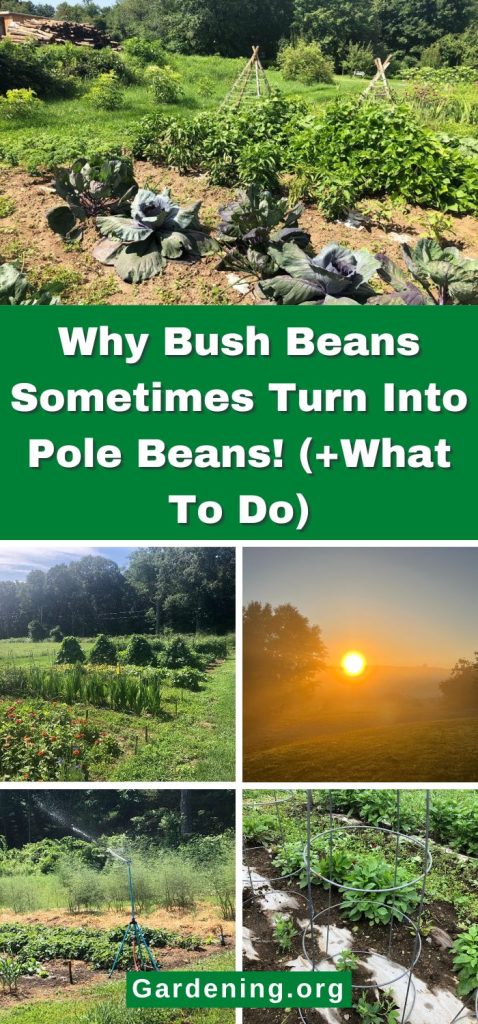




Leave a Reply